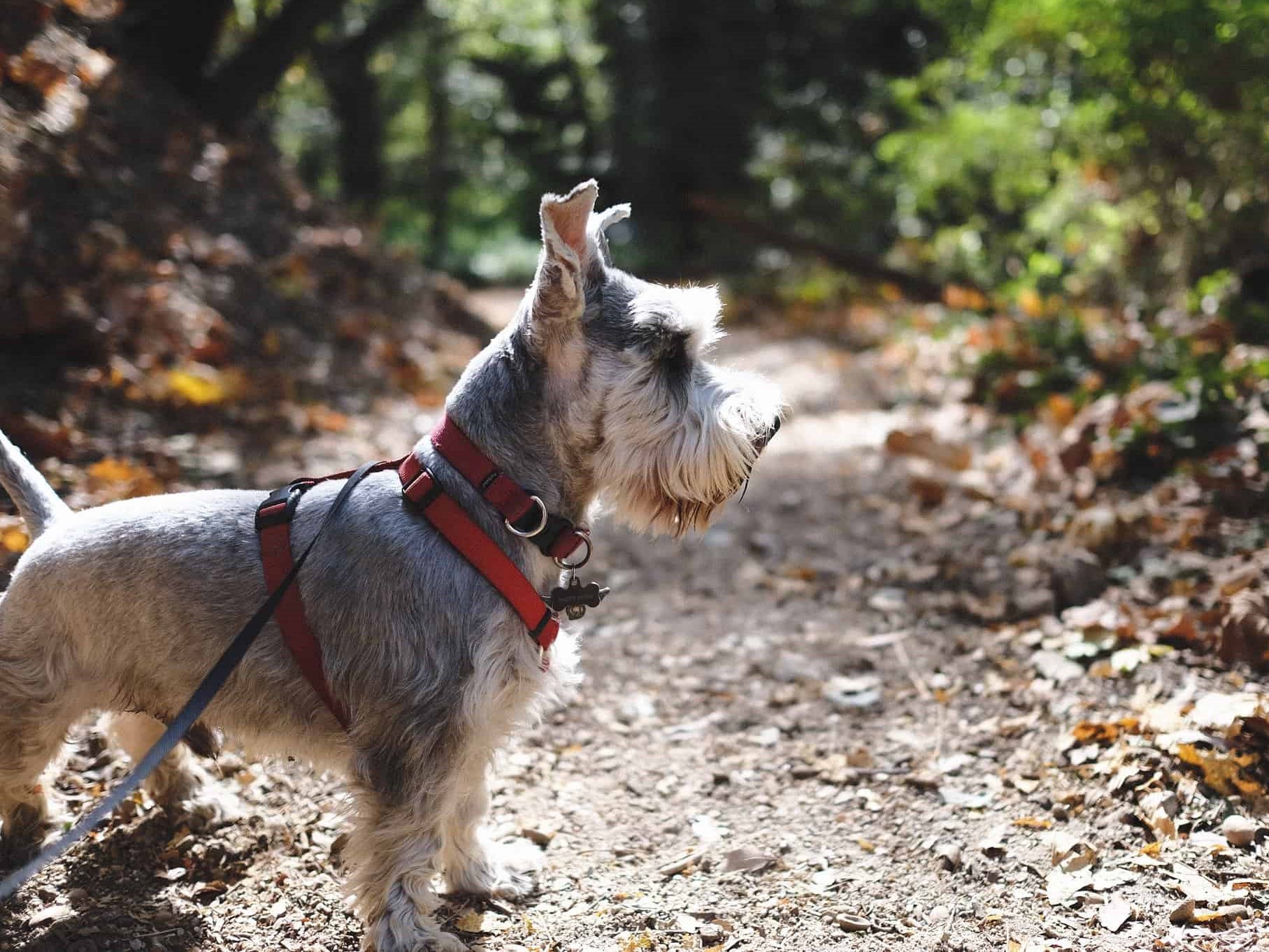As mentioned earlier, rewards based training will always yield better, long lasting, and superior psychological results.
However, some owners consider bark collars or shock collars for their pups in certain circumstances. These are not recognized as appropriate training tools by behaviorists, but sound worse than they may actually be.
A small warning beep may be all that’s needed to warn your pup when it’s not the time to bark. However, these results are highly variable dog to dog.
Nonetheless, you may actually be confusing your pup. She may think the signaling is coming from external forces and not from your own hands. This may further root her fear in those outside stimuli. Shock collars may create more of a barking problem when anxieties are reinforced in this manner (source).
If all other methods fail, it may be advisable to take your pup to the vet for a checkup. Barking can be a result of something internal or psychological. Furthermore, your veterinarian can recommend a good behaviorist.


Comments are closed.